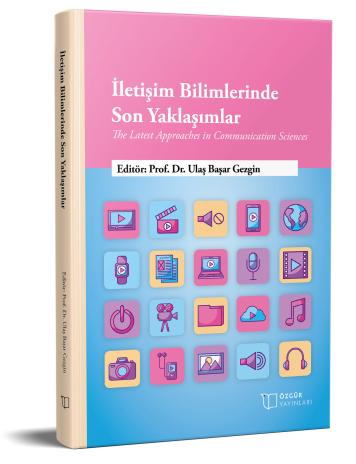
Datagraphy as Historiography of Big Data: Taking Account of Unintentional and Intentional Misrepresentations by Twin Big Brothers and Expert Data Producers
Şu kitabın bölümü:
Gezgin,
U.
B.
(ed.)
2023.
İletişim Bilimlerinde Son Yaklaşımlar.
Özet
The purpose of this article is to classify misrepresentations in big data. There are three major sources of misrepresentations:
- Unintentional misrepresentations by surveilling governments and corporations (we call them as ‘the twin big brothers’) such as recording errors and sampling biases,
- Intentional misrepresentations by the twin big brothers such as distortions and manipulations,
- Intentional self-misrepresentations by data producers (i.e. internet users, consumers and citizens) such as faking data to protect oneself from harms to be inflicted by the health system or to protect right to privacy.
This is a critical thought paper. Thus the methodology consists of philosophical discussions.
The analyses in this article bring forth a new way to classify misrepresentations in big data, the notion of twin big brothers, the proposal to develop a new research area, datagraphy, and the notion of omniresistance.
Against the big data optimists, this article clearly shows that the big data are corrupt from the very beginning due to the conditions set by surveillance capitalism.
This article brings forth new concepts and conceptualizations with regard to big data. It is expected that it will move other researchers to reflect on and develop further the new ideas presented in this work.

